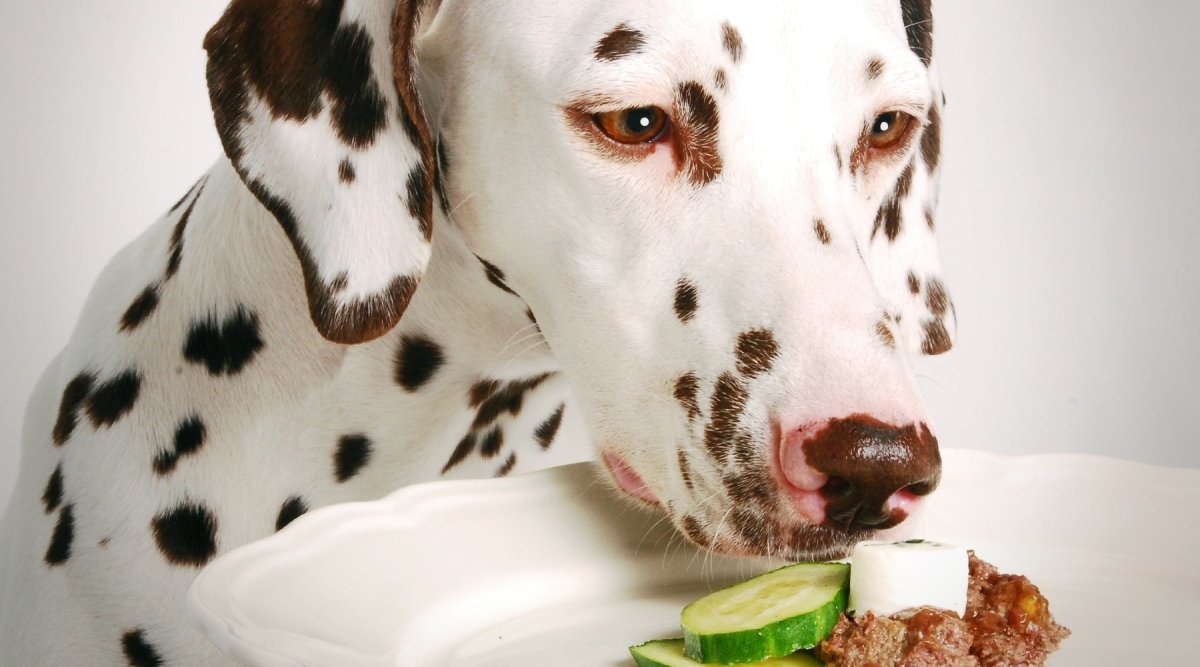Are you and your dog inseparable on vacation? In our series Traveling with a dog , we help you with the best possible preparation: After our veterinary practitioners have given you tips on first-aid kits for dogs, in this article Angelica looks at the question: Can you keep your pet's usual diet on vacation?
So that the trip doesn't upset your dog's stomach...
The new surroundings, the many strange stimuli and the unfamiliar routine mean excitement for your pet. For many four-legged friends, the journey upsets their stomach and they react to the stress with thinner stools. In this case, you can treat your pet with AniForte elm bark and ensure that his digestion relaxes.
It is generally advisable to take a few familiar things - such as the dog basket, toys and favorite treats - with you on vacation. The same applies to food. Instead of getting your four-legged friend used to something new, stick to the tried and tested. Either take food with you from home or check in advance which pet stores sell it at your destination. I will explain in detail below what a solution for the individual feeding methods might look like.
Transporting dog food correctly when traveling
Dry food
Four-legged friends that are used to eating dry food will have the least problems when traveling. This is also practical for you as a dog owner, as it is easy to transport. Nevertheless, pay attention to moisture and humidity, especially if you are on vacation near the coast. The humidity there is sometimes higher than usual. Air-conditioned rooms can also cause incorrectly packaged food to become damp.
It is best to use plastic boxes for transportation, as these are light and shock-resistant. Some packaging that you can buy in the store is covered with a thin layer of metal, similar to tetra packs. So you don't have to worry about resealability and protection here either. Airtight closures are particularly important to prevent mold and maintain strength. Regardless of which packaging you have, I advise you to check briefly when feeding your dog that the dry food still has the usual consistency.
Also make sure you add enough water when feeding dry food. This is because your four-legged friend consumes less water when fed with dry food than with wet food, for example. It is advantageous if your dog is already used to eating its dry food soaked. If your dog does not like soaked food, you can also add a portion of water just before feeding. Always pack a sufficient amount of water for on the go - especially in summer and in warmer temperatures at your vacation destination, your dog's need for fluids is just as high as for us humans.
Wet food
Even if transportation is a little more complicated than with dry dog food, you can also take wet food with you on your trip. Dog sausages are ideal when traveling. This is because they save space, are comparatively light and environmentally friendly as they produce little waste. The classic canned food has the advantage that the packaging is more stable for transportation. Make sure that both the sealed cans and the dog sausages are stored in a dry and cool place. Even if storage in the refrigerator is only necessary if the food has been opened, direct sunlight and excessive heating of the sealed food should be avoided.
Wet dog food should never be fed straight from the fridge. Some dog owners think that this will help their pet cool down in warmer temperatures. However, you should always serve the food at room temperature - even on vacation. Heating food in the microwave should also generally be avoided. What you should pay attention to on vacation is the warming time. Wet food reaches room temperature more quickly when it is warm outside and should not be left in the heat for an unnecessarily long time. Opened food should be stored in the fridge, just like at home - and it is best to seal the can airtight with a dog food lid.
BARF
BARFing on vacation presents many a dog lover with challenges. First of all, it requires very good planning: if you don't want your dog to go without meat, vegetables and fruit for the duration of your vacation, ready-made menus are a good option as you can easily take them with you. Vegetable flakes are also suitable. These are easy to transport, so you don't have to go shopping for fruit and vegetables while on vacation. If you don't want to do this, don't forget your blender.
Another challenge on site can be storage. When camping, a thermoelectric cool box is suitable for taking meat and vegetables with you for at least a few days. However, if you are spending longer in a tent, caravan or motorhome with your dog, it is best to find out about local butchers and supermarkets beforehand. Depending on your destination, however, this may go beyond your vacation budget. In some places, there are also BARF stores that offer a cheaper alternative. Alternatively, you can order BARF meat online and have it delivered directly to your vacation destination. This is usually possible within Germany - provided that the meat can be stored locally.
If you are staying in a vacation home, it is possible to store the meat in a cool place using the local refrigeration and freezing methods. They often offer more volume than a box you bring with you. Perhaps you can pay attention to this detail when booking your vacation destination. The challenges usually become greater when traveling abroad. You may then have to switch to alternatives to barking due to a lack of options or high prices.
Switching barfed dogs for a short time
It is not always and everywhere possible to bark as usual on vacation. While there are BARF stores in Austria and Switzerland, the prices here really hit the vacation budget. In Spain, Italy and Portugal, BARF is not yet so well known. However, local butchers are generally open to the idea. France, on the other hand, has proven to be quite expensive for barfing.
However, you can also switch your dog to a different feeding method for the vacation period. It is advisable to start a few weeks before you travel.
Dry food is considered the simplest solution and is often recommended, but it is exhausting for the dog. Personally, I advise caution here, because meat and dry food are two completely different components that your dog digests very differently. If you want to get your four-legged friend's BARF stomach used to dry food, it will take some time. Therefore, start the changeover about 3 weeks before you travel. It is best to start with the dry food as a treat between meals before you give your dog a dry food meal. Then mix the meals with water or broth so that your dog's digestion is not too overwhelmed by the dry consistency. It is often started by mixing the dry food with the usual meat and then switching completely to dry food after a few days. There are many possibilities and every dog reacts differently. You know your pet best and can assess which approach is most suitable.
A gentler and often more tolerable option is to switch to dog sausage or canned dog food. You will notice for yourself that the handling of dog sausage is much less complicated. Here too, you should slowly get your four-legged friend used to the new food in advance to avoid nasty surprises such as gastrointestinal problems.
If you want to give your dog additional support during the transition period, AniForte elm bark isa blessing for the stomach. The addition of herbs such as fennel, caraway, peppermint and camomile also has a calming and relaxing effect on a strained stomach. This is a natural way to get your dog fit for vacation.



